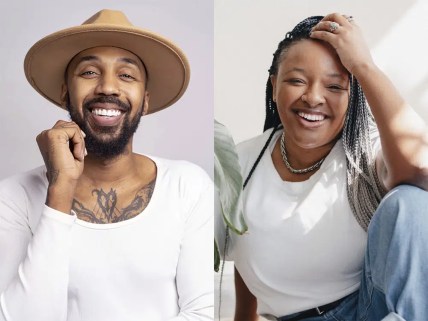What is gender-fluid style? You decide!
As Pride month winds down, theGrio discusses fashion’s role in expressing gender and sexuality with George M. Johnson, Eric Hart Jr. and M Shelly Conner.
Unisex; androgynous; gender-neutral; non-binary; gender-fluid. In fashion, these terms denote the same thing: dressing to your heart’s content, regardless of biological gender.
The concept of gender-fluid dressing, which for many means dressing in a way that blends across the gender binary or in a way not wholly governed by one’s “assigned gender,” is catching steam. According to reporting by NBC, 56% of Gen Z consumers shopped “outside of their assigned gendered area” in 2019.
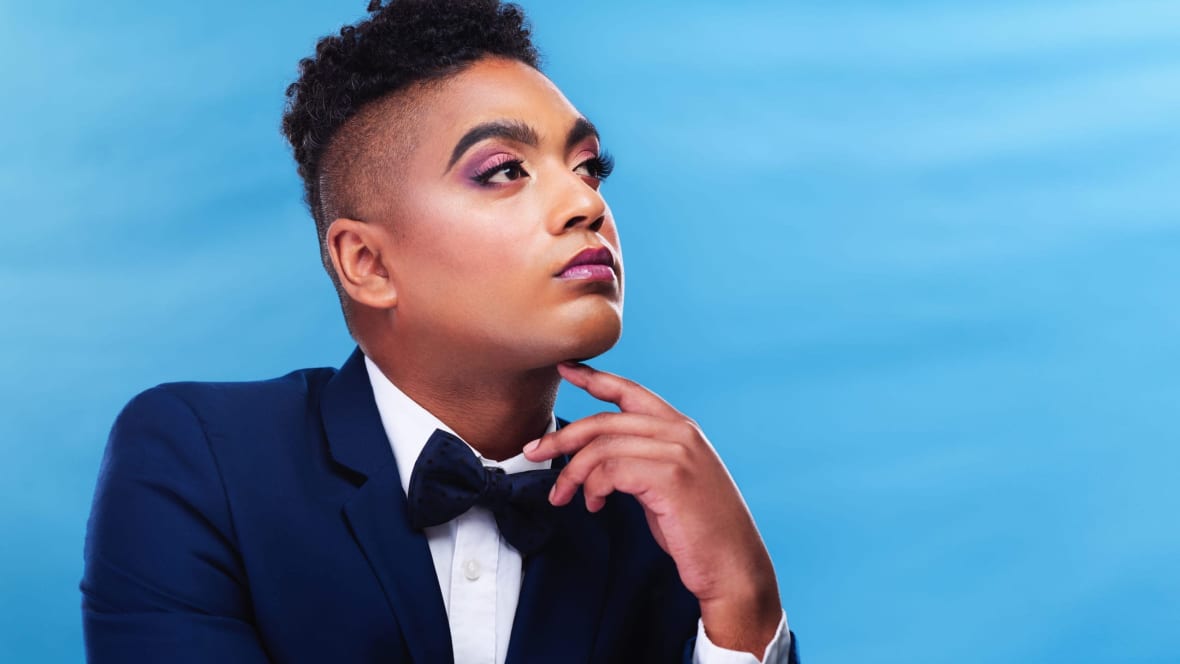
When it comes to defining the concept, fashion industry insiders and consumer analysts struggle to do so. Based on the essence of the term, the concept may never have a clear definition, as there isn’t a one-size fits all approach. Despite brands’ attempts to capitalize on consumer demand, gender-fluid dressing is ultimately up to the person in the clothes to define.
Award-winning author and educator M Shelly Conner has long been mastering and musing about her style, which she describes as “dapperqueer,” a style of dressing that, while most often associated with traditional menswear, has come to mean swagger, elegance, and most importantly, “well dressed” regardless of gender, according to the brand Gender Free World.
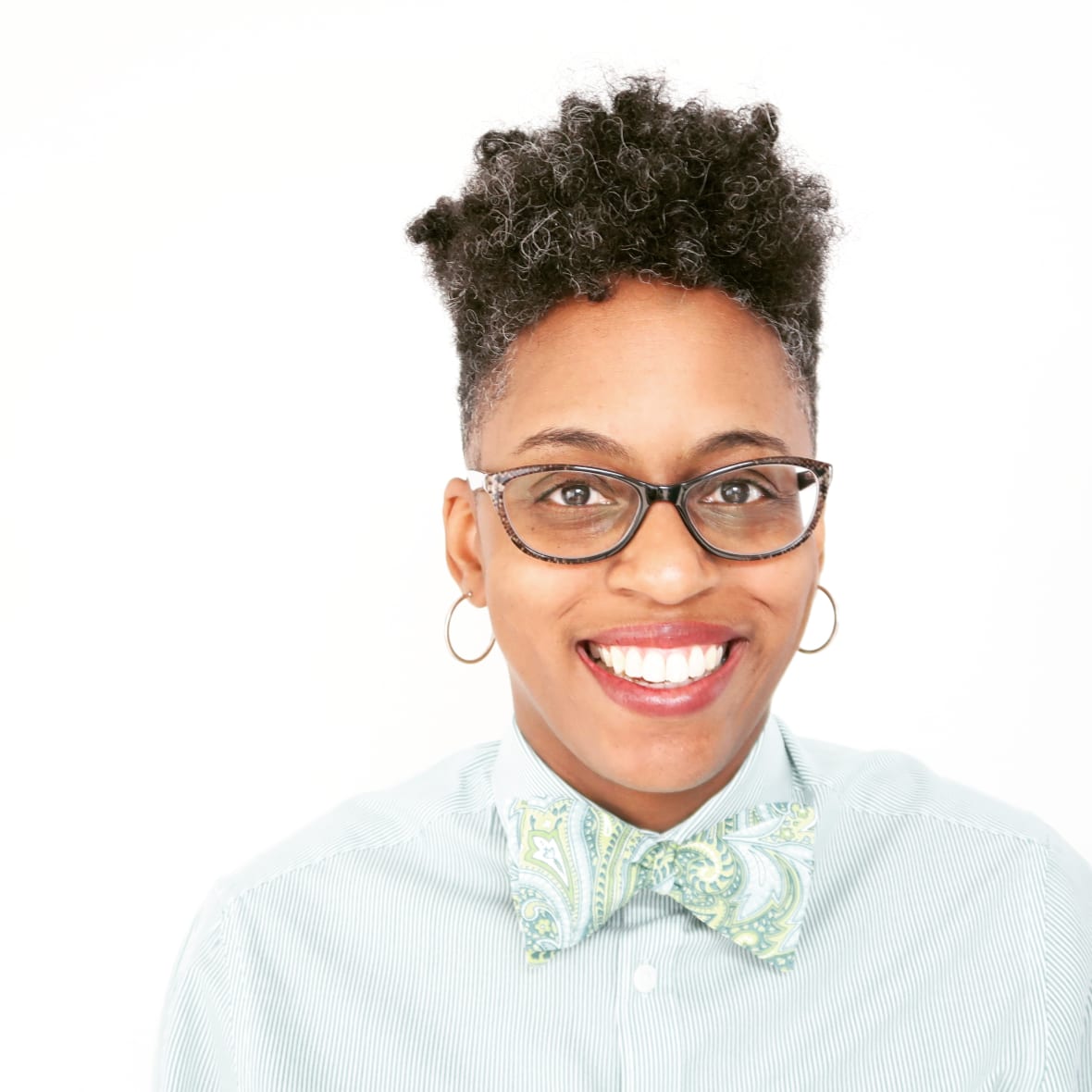
To pull off her look, Conner incorporates a mix of relaxed and formal dapper. She explained that while prioritizing comfort, she gravitates toward styles and combinations that look curated and complex without being restrictive.
But while fashion is exterior, as Conner notes, personal style is always driven by something deeper.
“For most, our outward appearance is a snapshot of communication to others about who we are: social status, gender expression, culture, and even economic standing,” she said in an email to theGrio.
She added that our awareness of appearance and its ability to communicate concepts about ourselves can lead us to become self-conscious or hyper-focused on those concepts. This is especially true, she said, among marginalized and historically oppressed groups, who may use fashion to signal certain personal qualities.
While Conner admits a person ultimately cannot hide who they are (nor should they wish to), at the same time, she said, “I do think that oftentimes we use fashion to mitigate how our identities are received.”
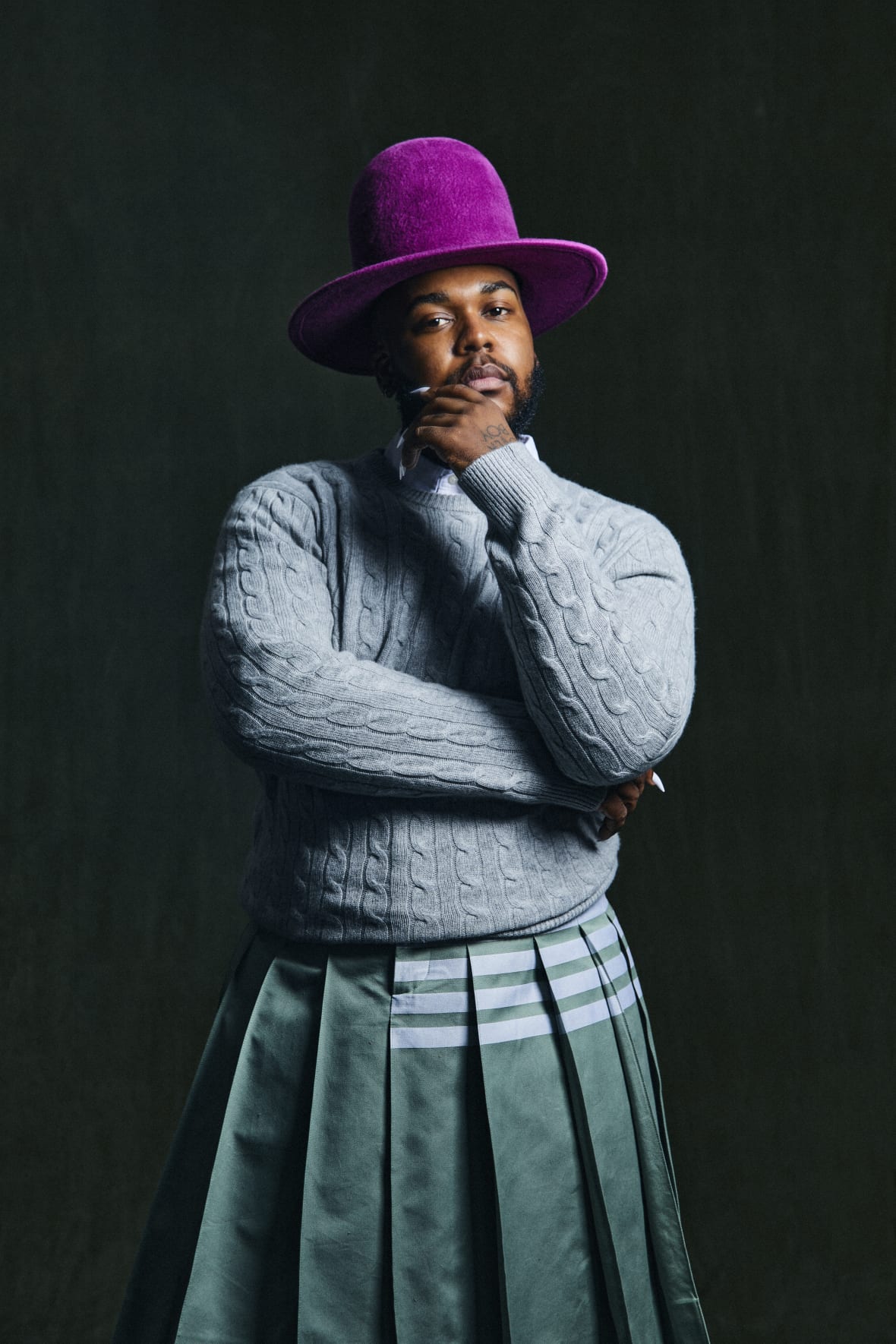
Brooklyn-based artist, author and photographer Eric Hart Jr. told theGrio he similarly uses fashion and style as a tool.
“Fashion and style can definitely be another [tool] in constructing yourself and your presence in this world as you get to choose your presentation,” he said in an email to theGrio. “When getting dressed, we make a daily decision to tell ourselves and the world, ‘This is who I am on this day.’”
For Hart, childhood fantasies play a role in his current style.
“A good skirt just feeds the spirit of my inner child that always wanted to bend the rules of masculinity and play within the aesthetics of a cheerleader or female video game characters, even certain pop stars. Skirts just make me feel that fantasy,” he said.
Hart’s style, which he’s dubbed “masculine schoolgirl,” includes button-ups, skirts, long nails, tall socks, vests, and cardigans.
“Very much ‘sophisticated witch uncle,’” he said, adding, “I think I use this style to feed into the parts of me that want both femininity and masculinity to meet in the middle. I aim to dress feminine in the most masculine way possible.”
Hart tells theGrio he began to use fashion as a tactical form of expression roughly three years ago.
“When you start to find the things that resonate with you, whether that be a certain color, a certain fabric, a certain cut, you start to realize that clothing has the magical way of accentuating who you are and how you feel,” he said.
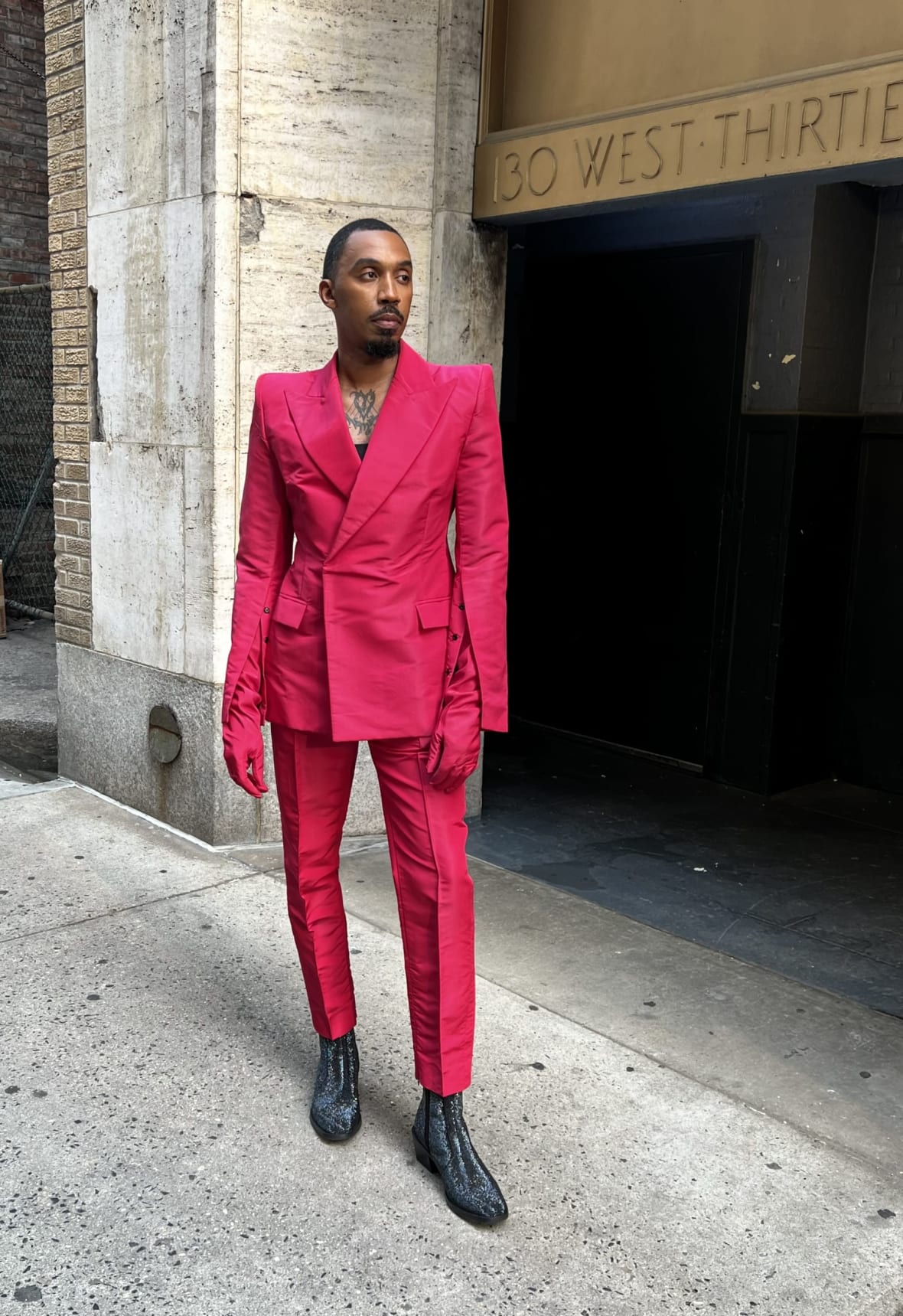
Author-activist George M. Johnson uses gender-fluid style to reflect their true spirit.
“We live in a world that makes gender so binary. So for me, I wear clothes that address the non-binary spirit of myself,” they explained in an email to theGrio. “I don’t let the fact that clothes are seen as ‘menswear’ or ‘womenswear’ play a role in what I decide to wear. Clothes are clothes and I feel people should wear what they want to express what they are feeling in that moment.”
Johnson said their style has changed “immensely” over the years. Evolving from a primarily streetwear aesthetic, now their style includes heels, tunics, dresses, tuxedos, corsets, menswear, womenswear, and non-binary fashion.
“I let fashion give me freedom,” they said.
It’s not just the LGBTQ+ community pushing against gender-specific fashion; from rapper Kid Cudi donning skirts and dresses to Zendaya appearing on magazine covers in menswear, gender-fluid dressing is becoming more mainstream. Accordingly, conversations about non-binary dressing are also growing.
For Conner, the conversation is evolving like a comet, “a huge guiding ball of energy at the front led by those most impacted – the culture, from necessity, and the industries that can immediately capitalize from it,” she said, adding, “In this case, [the fashion industry]. And the slow tail end of the conversation being slowly but eventually dragged forward – those who hold firmly to an antiquated status quo.”
Johnson agreed, noting the broader conversation needs to catch up to the fashion industry’s embrace of the concept.
“Within the fashion industry, [gender-fluid fashion] has already been a constant evolution. Fashion has always set the mark on trends in society,” they said, adding, “I think what still needs to happen is the breaking of what society deems appropriate as binary dressing. The world is full of many identities, but we are still boxed into a man should wear this, and a woman should wear that. That must end.”
Hart said he hopes to see the conversation expand to the point where the concept is no longer a novelty to the masses.
“I hope we reach a day when the nuances of gender, sexuality, style, and the ways that anyone on this Earth shows up for their most authentic self aren’t so misunderstood and totally under the microscope,” he said. “It can be exhausting having to defend and explain how you choose to express yourself.”
For many LGBTQ+ people, the issue is far deeper and inherently political. Paralleling the current book ban debate in which Johnson is at the forefront, despite a growing acceptance of gender-fluid expression through fashion, many still react in fear and with hatred, whether through enacting demeaning dress codes or laws banning drag queens.
“I just hope this generation has the right conversations and teachings,” said Hart. “So that our kids don’t need to feel a need to validate who they are and how they express themselves to anyone.”
Johnson added, “Clothes are clothes, and no matter your gender or sexuality, you should be able to wear what you want to wear. Fashion is not about fitting in. It’s truly about breaking out.”
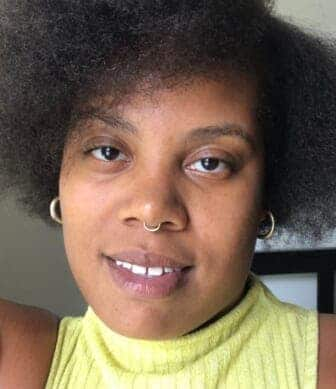
Kay Wicker is a lifestyle writer for theGrio covering health, wellness, travel, beauty, fashion, and the myriad ways Black people live and enjoy their lives. She has previously created content for magazines, newspapers, and digital brands.
TheGrio is FREE on your TV via Apple TV, Amazon Fire, Roku, and Android TV. TheGrio’s Black Podcast Network is free too. Download theGrio mobile apps today! Listen to ‘Writing Black’ with Maiysha Kai.

